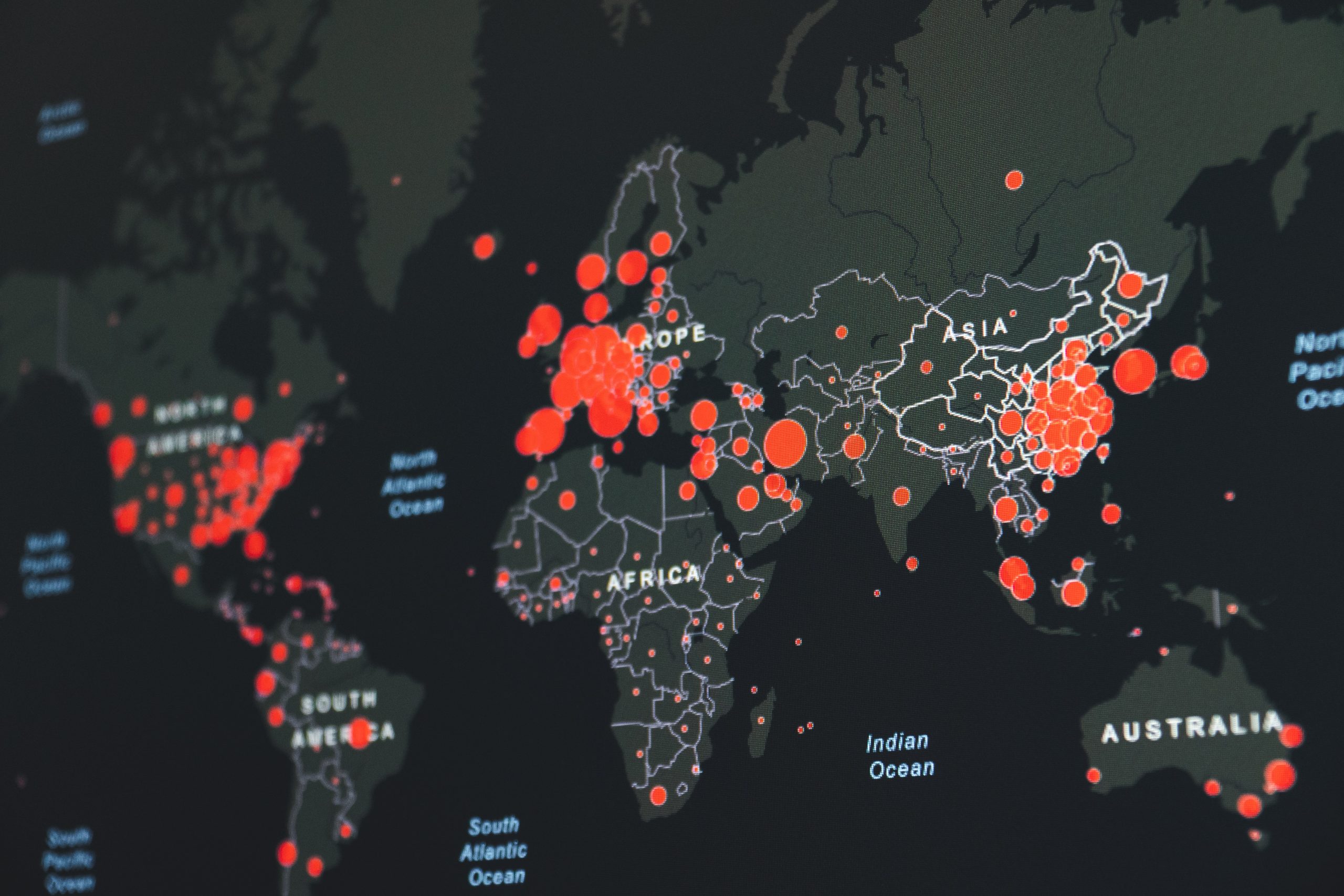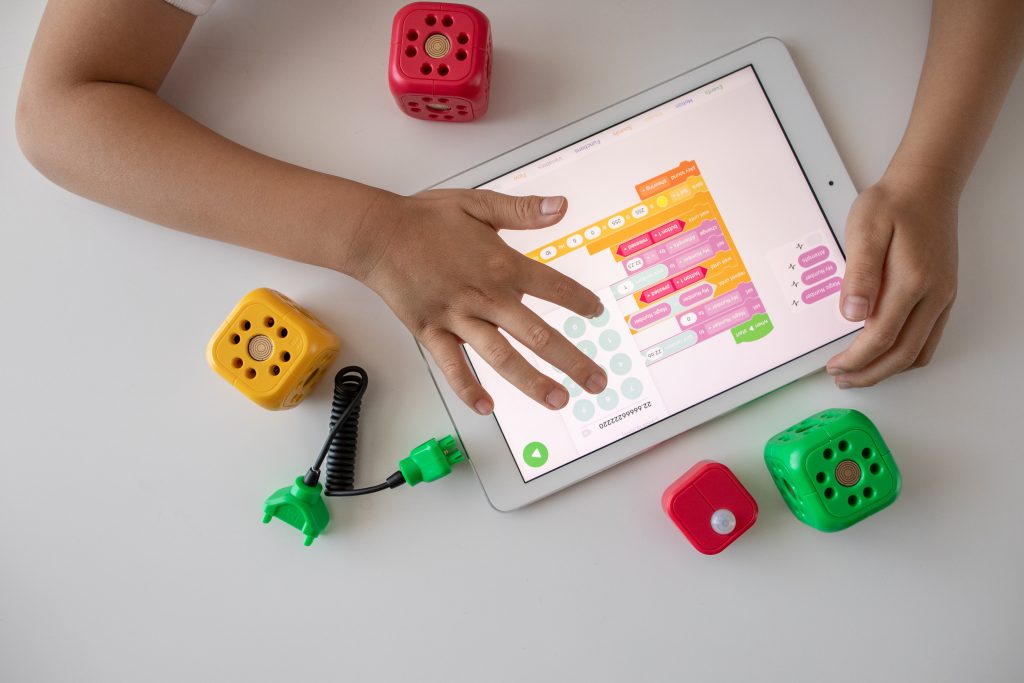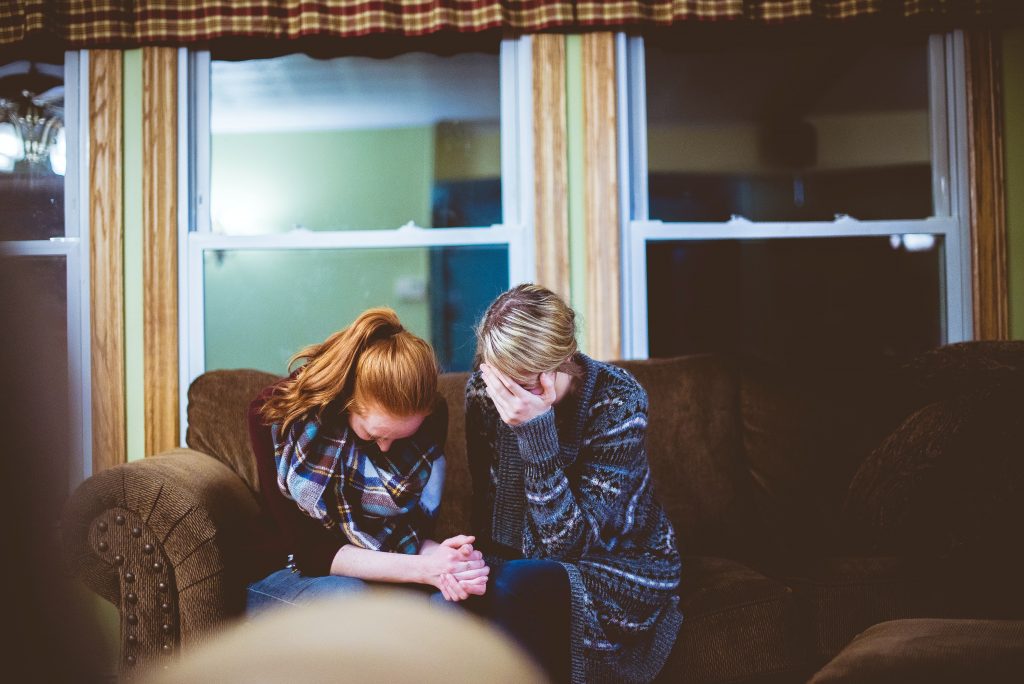
29 Jun What Happened to Our Screen Habits in the Pandemic?
Our screen habits have changed dramatically over the pandemic. During the first lockdown the Australian National Network saw an increase of 70-80% on adult screen time,. Ofcom found UK adults spent 40% of their time watching digital video (let alone the time they spent on answering emails, or even sleeping). Despite these incredible numbers, the shift in screen habits caused by COVID-19 has affected us each differently. Some were forced to work or learn from home, others had to continue to work as normal in order to support our communities.
We relish a dig into screen time research at Time To Log Off so we wanted to examine the particular impact that the pandemic has had on our screen usage. Here are some interesting findings on the impact coronavirus has had on us and our screens.

Kids screen time didn’t go up as much
According to one study, children’s screen usage rose by around 60% during the pandemic. The American Academy of Paediatrics found in 2019 that children aged 13-18 were spending 6.5 hrs online a day and those aged 8-12 spent 4.5 hrs a day, so the additional time in 2020 made a huge difference.
For many of those children the additional time spent on screens has been as a result of remote schooling, with education and socialisation necessarily taking place online. This even continues today, with 375,000 UK children currently off school due to coronavirus infections.
Interestingly, the general trend with children and young people appears to suggest that the increase in their screen time was lower than that of the average adult. Perhaps suggesting that they have been able to find other outlets. Or simply underlining the reality that their previous screen time use was so high it wasn’t dramatically increased by a global pandemic.
Working from home

Like children, many adults were also being forced to work remotely. Adult screen time was therefore also increased, with many reaching up to 11 hrs a day. Adult social options were also confined largely to screen-based activities. And many adults found themselves not only working eight hour days online, but then also spending a further two or three more hours on screen-based activities to ‘unwind’.
This trend was clearly understandable, and even now continuing due to a widespread anxiety at the relaxation of COVID rules after so long. But we do recommend adults get back outside and meeting friends and family in person, as much and as soon as possible.
Screen time differences by gender weren’t significant (but the impact was)
One factor which did not impact changes in screen habits during the pandemic was gender. Men, women and non-binary people all increased their screen usage at similar rates. But that doesn’t mean that the effects of excess screen time were experienced equally. Women were more likely to report depressive symptoms than other genders. Nearly half of all participants in one survey reported symptoms of depression which rose to well over 50% in women.

The general trend across the last year is that all of our screen habits have increased as (by necessity) we spent more and more time online. For children and young people the rate of increase was somewhat reduced, perhaps due to their already high levels of screen time. For different genders it has had a different impact on mental health. For all, though, it has been momentous.




Sorry, the comment form is closed at this time.